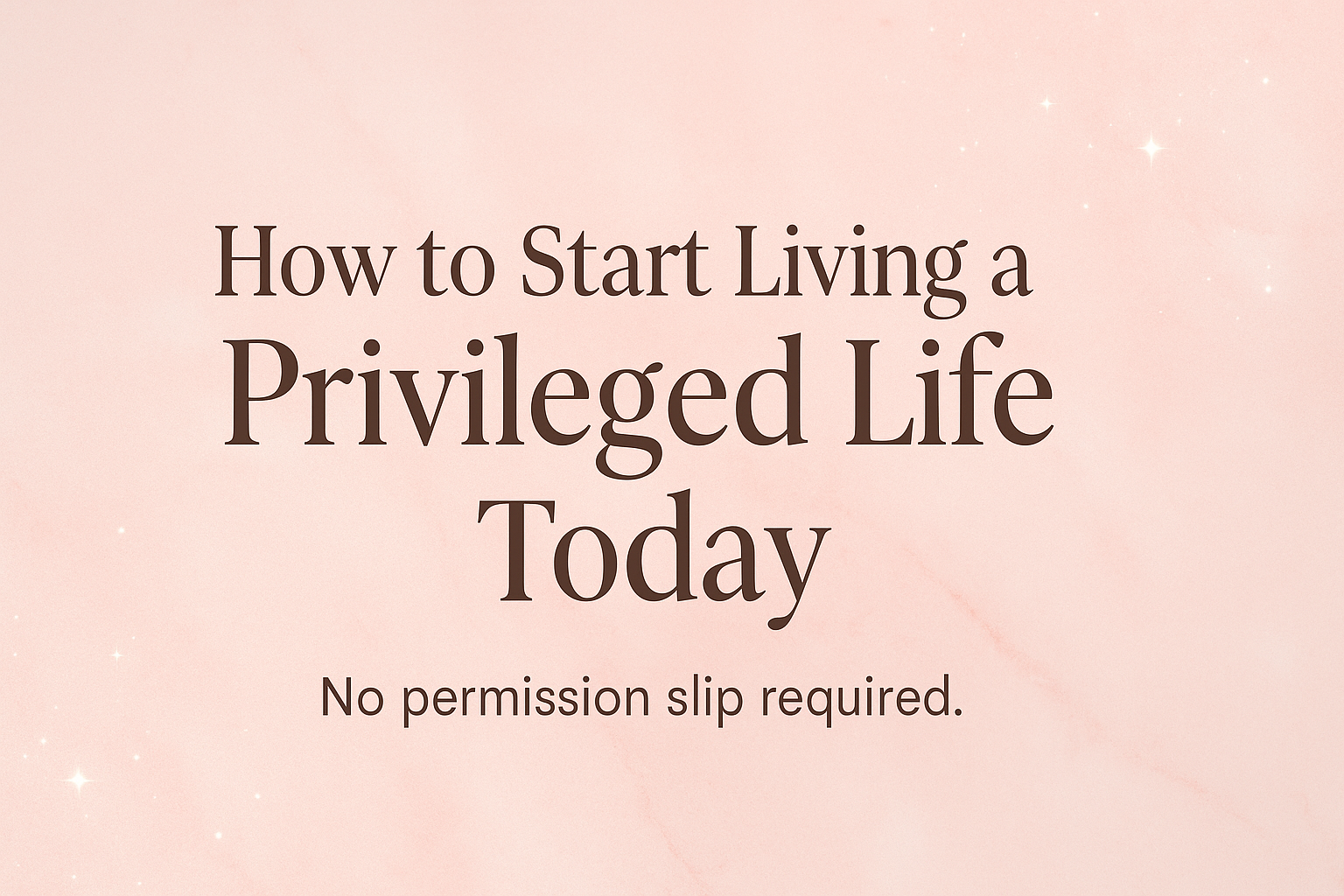In today’s fast-paced world, burnout has become more than just a buzzword—it’s a reality many of us face. Whether you’re juggling career demands, personal responsibilities, or striving to build your dream life, the constant pressure can leave you physically drained and emotionally exhausted.
In their powerful book, Burnout: The Secret to Unlocking the Stress Cycle, Emily Nagoski and Amelia Nagoski explore why we experience burnout and, more importantly, how to break free from it. In this post, I’ll share their key insights on completing the stress cycle, overcoming emotional fatigue, and prioritizing your well-being—so you can thrive instead of just survive.
⸻
💡 What Is Burnout?
Burnout is more than just feeling tired—it’s a state of emotional, mental, and physical exhaustion caused by prolonged or chronic stress. It goes beyond fatigue and can impact your mood, energy levels, and even your health.
According to the Nagoski sisters, burnout often occurs because people get stuck in the stress cycle. When stress is triggered (by work demands, family responsibilities, or even daily frustrations), your body activates the fight-or-flight response. However, if you don’t complete the stress cycle, your body continues to hold on to the tension, making it harder to recover.
⸻
🔥 The Stress Cycle: Why You’re Stuck in It
The authors describe the stress cycle as a biological process that needs to be completed. Here’s how it works:
1. Stress Trigger: A stressful situation activates your body’s fight-or-flight response.
2. Physiological Reaction: Your heart rate increases, cortisol spikes, and your body preps for action.
3. Stress Resolution (Ideally): In nature, once the threat passes, the stress response resolves (like when animals shake or run to release tension).
4. What Happens to Us: Humans often suppress their physical stress response—by pushing through or ignoring it—which leaves the cycle incomplete.
When stress lingers without being released, it accumulates in your body, creating chronic tension and emotional fatigue.
⸻
🌿 How to Complete the Stress Cycle
To break free from burnout, the Nagoski sisters emphasize the importance of completing the stress cycle—not just addressing the source of stress, but physically releasing it. Here’s how you can do it:
✅ 1. Move Your Body
Physical activity is one of the most effective ways to complete the stress cycle. You don’t need an intense workout—just 10-30 minutes of movement can help release pent-up stress.
• Try walking, yoga, dancing, or even stretching.
• If you’re short on time, a few minutes of jumping jacks or dancing to your favorite song can make a difference.
😄 2. Laugh It Out
Laughter is a powerful stress reliever. It engages your diaphragm and stimulates oxygen flow, helping your body release tension.
• Watch a funny video, listen to a comedy podcast, or spend time with people who make you laugh.
🤗 3. Physical Affection
Human connection is healing. Hugs, cuddling, and even holding hands can lower cortisol and complete the stress cycle.
• The authors suggest aiming for a 20-second hug to fully activate the calming benefits.
🌬️ 4. Deep Breathing
Slow, controlled breathing helps calm your nervous system and signals to your body that it’s safe.
• Try the 4-7-8 technique:
• Inhale for 4 seconds
• Hold for 7 seconds
• Exhale slowly for 8 seconds
🎨 5. Creative Expression
Engaging in creative activities—whether it’s painting, writing, or playing music—allows you to process and release emotional energy.
• Even low-pressure creative hobbies (like coloring or DIY projects) can be stress-relieving.
⸻
💖 Embracing Self-Compassion
One of the most profound insights from Burnout is the concept of self-compassion. The authors describe how many women, in particular, suffer from Human Giver Syndrome—the expectation to be constantly selfless, nurturing, and available to others.
When you’re always giving and rarely receiving, you become emotionally depleted. Practicing self-compassion means allowing yourself to:
• Say no without guilt.
• Prioritize rest and recovery.
• Speak to yourself with kindness, not criticism.
• Release the need for constant productivity.
⸻
🌟 Creating Your Anti-Burnout Routine
To prevent burnout, consider creating a daily or weekly self-care routine that prioritizes stress recovery. Here are some suggestions:
✅ Morning: Start your day with a 5-minute stretch or breathing exercise. This sets a calm tone.
✅ Midday: Take a mindful walk or listen to music during your break.
✅ Evening: Unwind with a tech-free hour, gentle movement, or creative activity.
⸻
💡 Key Takeaway: You Deserve to Thrive
Burnout is not a badge of honor—it’s a signal that your body and mind need care. The Nagoski sisters remind us that completing the stress cycle is essential to preventing burnout. By releasing stress, practicing self-compassion, and creating space for rest, you can protect your well-being and reclaim your energy.
So, the next time you feel drained, remember: you’re not weak—you’re simply human. And you deserve the same kindness and care that you give to others.
⸻
📚 Credit:
This blog post is based on insights from Burnout: The Secret to Unlocking the Stress Cycle by Emily Nagoski, Ph.D., and Amelia Nagoski, D.M.A.
⸻
Have you ever struggled with burnout? Share your experiences or favorite stress-relief techniques in the comments below. Let’s support each other on the journey to well-being and abundance. 💖









